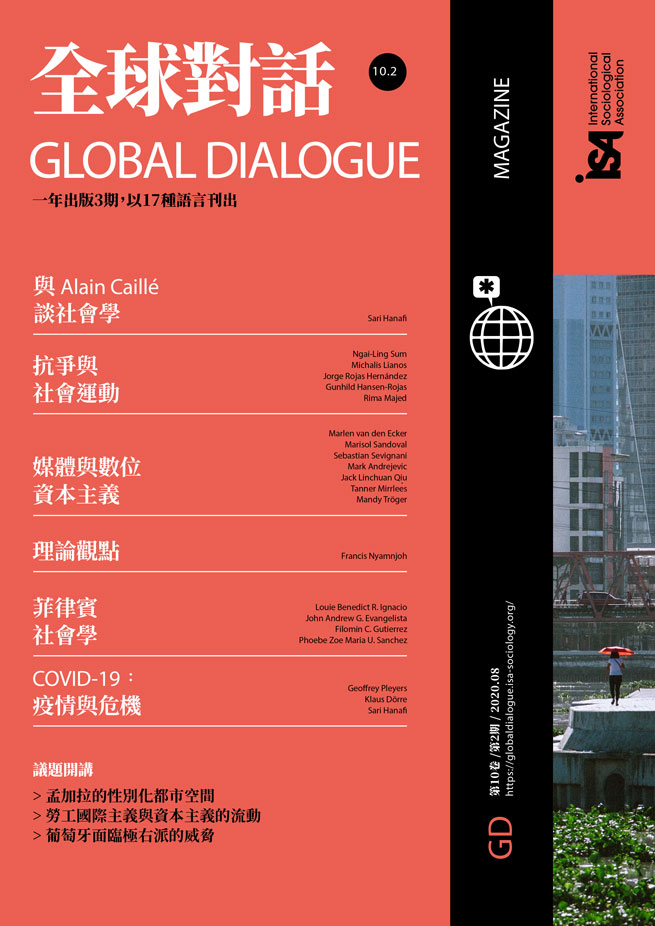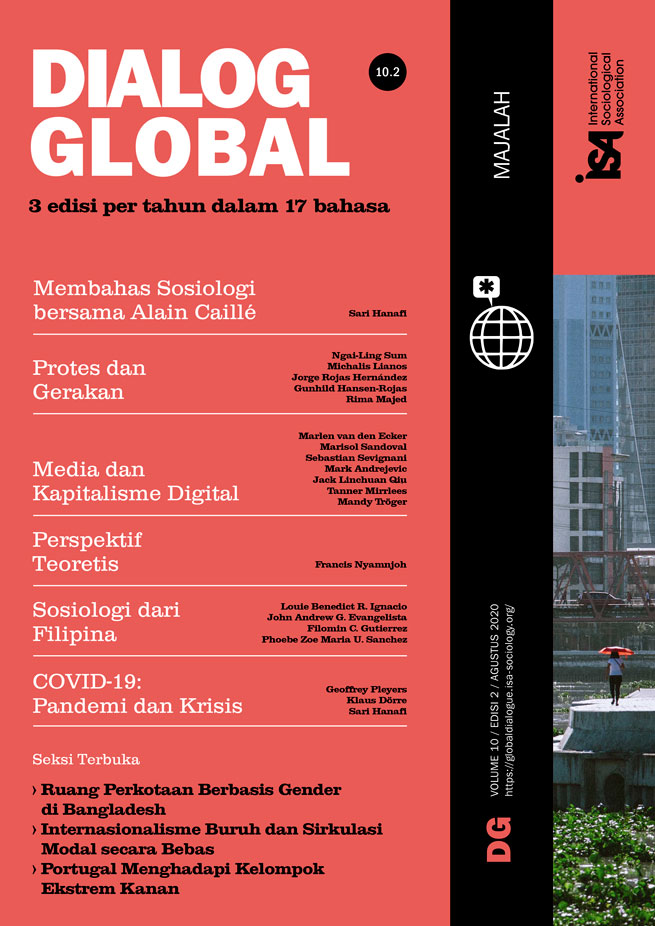The notion of “automation” in the abstract, unmoored from social relations, invites fantasies of a material world dedicated to the service of humans: homes that, unbidden, cater to our needs, factories that work for us, spaces that respond to us by opening doors, playing music, even catching us when we fall. Situated within contemporary social relations, however, concrete forms of automation come to look somewhat more dystopian, verging on alienation incarnate. We know that our own activities, filtered through automated systems, shape our information environment – the music that streams across our platforms, the news that cascades through our feeds, the results on our search pages – though we do not know how. We also know that automated systems are, in many cases, evaluating our workplace performance, our creditworthiness, and our life chances.
Automation is coming to play an increasingly important role across societal realms because of the interactive infrastructures we are building for ourselves. These generate so much data, automatically, that the only way to put this data to use is by processing it – also automatically. As digital information comes to reconfigure our world, automation will necessarily accompany it.
So the crucial question faced by those who would study the media is the shape taken by automation as it adjusts itself to the priorities of capital. This is the question that needed to be asked about interactivity when once, not so long ago, it was heralded in the abstract as a harbinger of democracy and mass empowerment.
It is the question that we now need to address to the “promise” of automation – which, not coincidentally, has displaced interactivity, a term whose use peaked around the turn of the millennium, but has since gone into decline. The question is not a new one – it is the recurring theme of the critique of political economy, whose persistence shadows that of capitalism. If the fallout of Cambridge Analytica and the recent backlash against “surveillance capitalism” are to have any constructive impact, this will need to take the form of a resuscitated focus on the politico-economic arrangement of power – and, in the media context, of the automated systems that shape our information environment. The question is not whether to automate, but how.
Answering this question requires an engagement with the logic of automation under conditions of capitalist ownership and accumulation. Given the speed with which the technology is developing, one potentially productive approach is to discern the logics shaping the myriad ways in which automation will be used to consolidate power and enhance control. The advantage of such an approach is that it traces connections across recent developments and identifies future trends and tendencies. The goal, of course, is to anticipate rather than react: to imagine the possibility of shaping the technologies according to shared priorities rather than surrendering control to the next generation of Zuckerbergs and Bezoses.
We might start by identifying three interlocking tendencies of automation under current conditions and considering their implications: preemption, framelessness, and operationalism.
Preemption refers to the management of risk and opportunity based on the predictive promise of automated data collection and mining. This logic is an increasingly familiar one: Amazon envisions the possibility of sending us products before we know we want them (preempting desire); predictive policing imagines the possibility of thwarting crime at its moment of emergence. New automated security systems promise that they can detect a punch the moment it is launched, but before it lands. The millisecond between these two moments marks the interval of automated preemption: the moment when the system might someday respond before the punch can land.
Preemption, in all these contexts, relies upon sensorization and automated data collection. To know the desire of the consumer and the intent of the criminal before they themselves know means learning as much as possible about them via embedded sensors and comprehensive data collection. Preemption is thus inseparable from ubiquitous, full-spectrum monitoring: collecting everything and holding on to it forever.
Framelessness describes at once the (impossible) attempt to redouble the world in digital form (that is, to leave nothing out, nothing beyond the frame) and the perpetual repurposing of data. We find our conventional frameworks of data relevance disrupted when we are told that the Web browser used to fill out a job application is a better predictor of future job performance than anything entered into the form, or that our handwriting or the number of calls we make to our mothers might bear on our creditworthiness. Narrative explanations fall by the wayside in such contexts, because they attempt to reimpose a frame by describing why a particular variable might be relevant. But they trail behind the correlational machine, which imagines it can dispense with them entirely. As Chris Anderson put it in his obituary for the explanation: “Out with every theory of human behavior, from linguistics to sociology. Forget taxonomy, ontology, and psychology. Who knows why people do what they do? The point is they do it, and we can track and measure it with unprecedented fidelity. With enough data, the numbers speak for themselves.”
Following the work of Harun Farocki on “operative” images, we might describe this as “operationalism”: information that no longer needs to be interpreted because it acts. That is, it results in an outcome without the need for interpretation: whoever uses the right browser or proper capitalization gets the job or the loan. Whoever fits the pattern is arrested, promoted, or targeted.
These logics – of preemption, framelessness, and operationalism – apply across the spectrum of automated processes from targeted ads to signature drone strikes – from selling to killing. They identify the location of power in the hands of those with access to the data and the processing power. Automatic data collection requires automated processing and facilitates automated response. At the same time, such logics mark a site of resistance: the challenge posed by our irreducible finitude. The goal of power is to obscure the fact that the ambition of framelessness is both grand and impossible – which means, that we can neither perfect preemption nor dispense with explanation.
Mark Andrejevic, Monash University, Australia <Mark.Andrejevic@monash.edu>





















